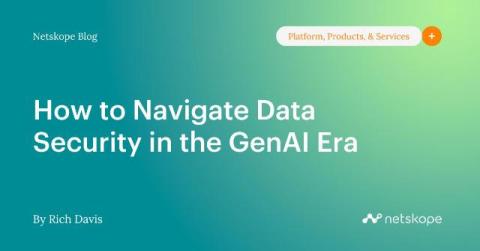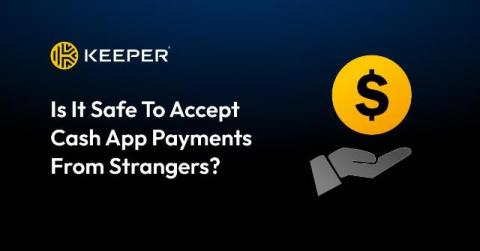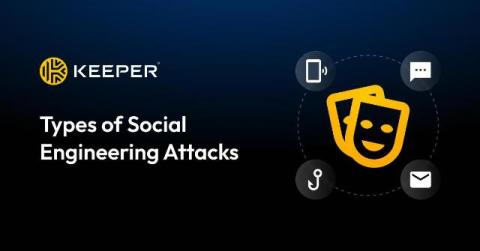Want Your Third Parties To Take Security Seriously?
In the last decade, outsourcing to third parties–especially in the gig economy–has taken over key functions that enterprises used to handle internally. Today’s companies are frequently virtual–using third-party services that span the likes of application development, back-office corporate functions, contract manufacturing and research, marketing, and core IT services.











